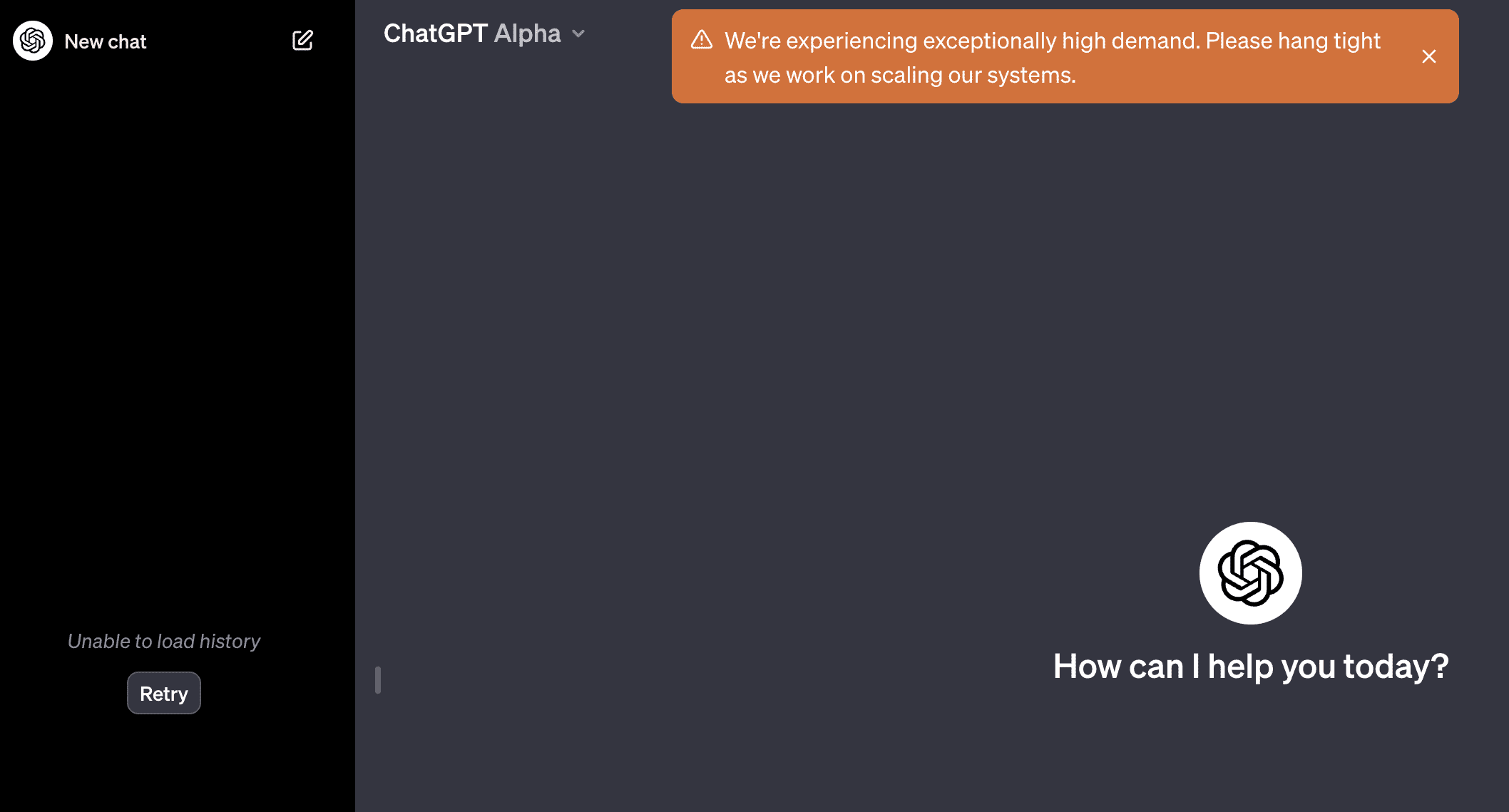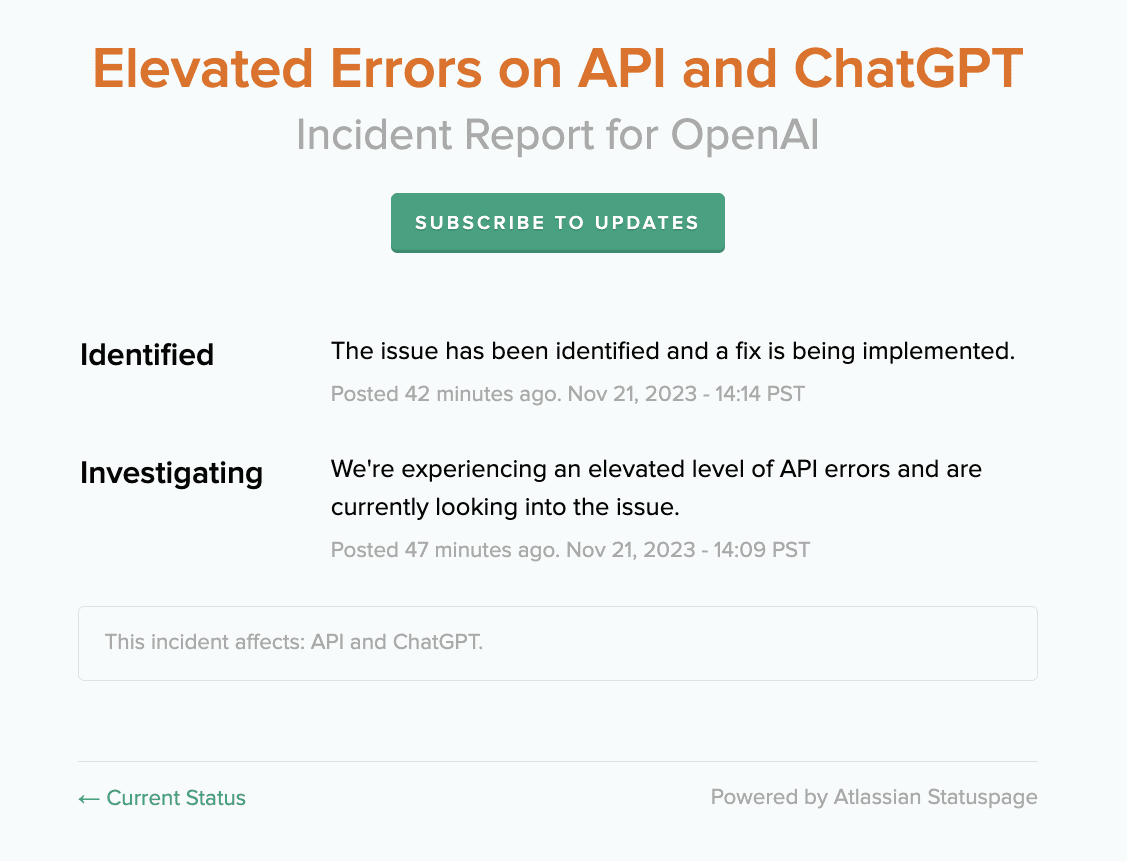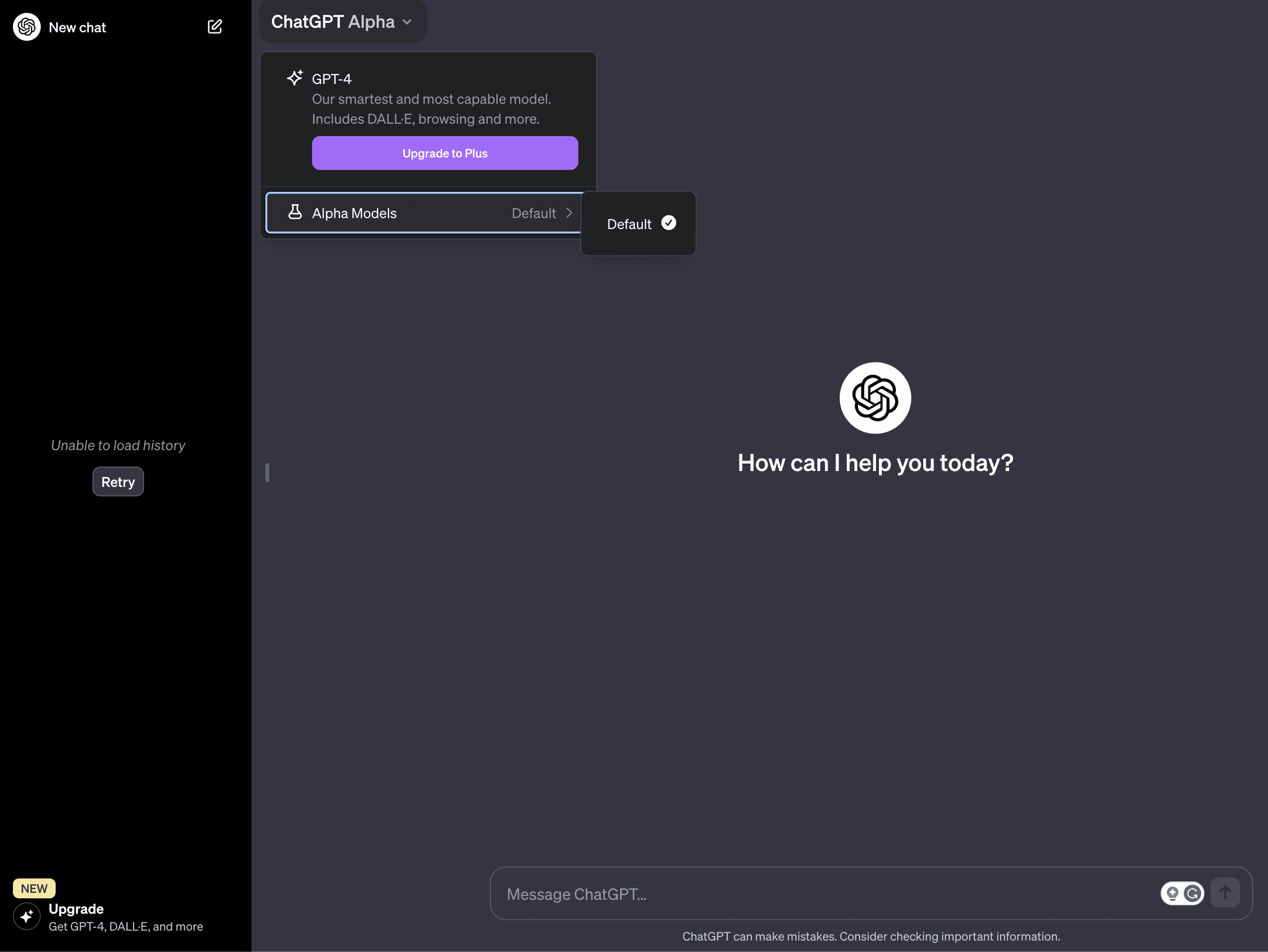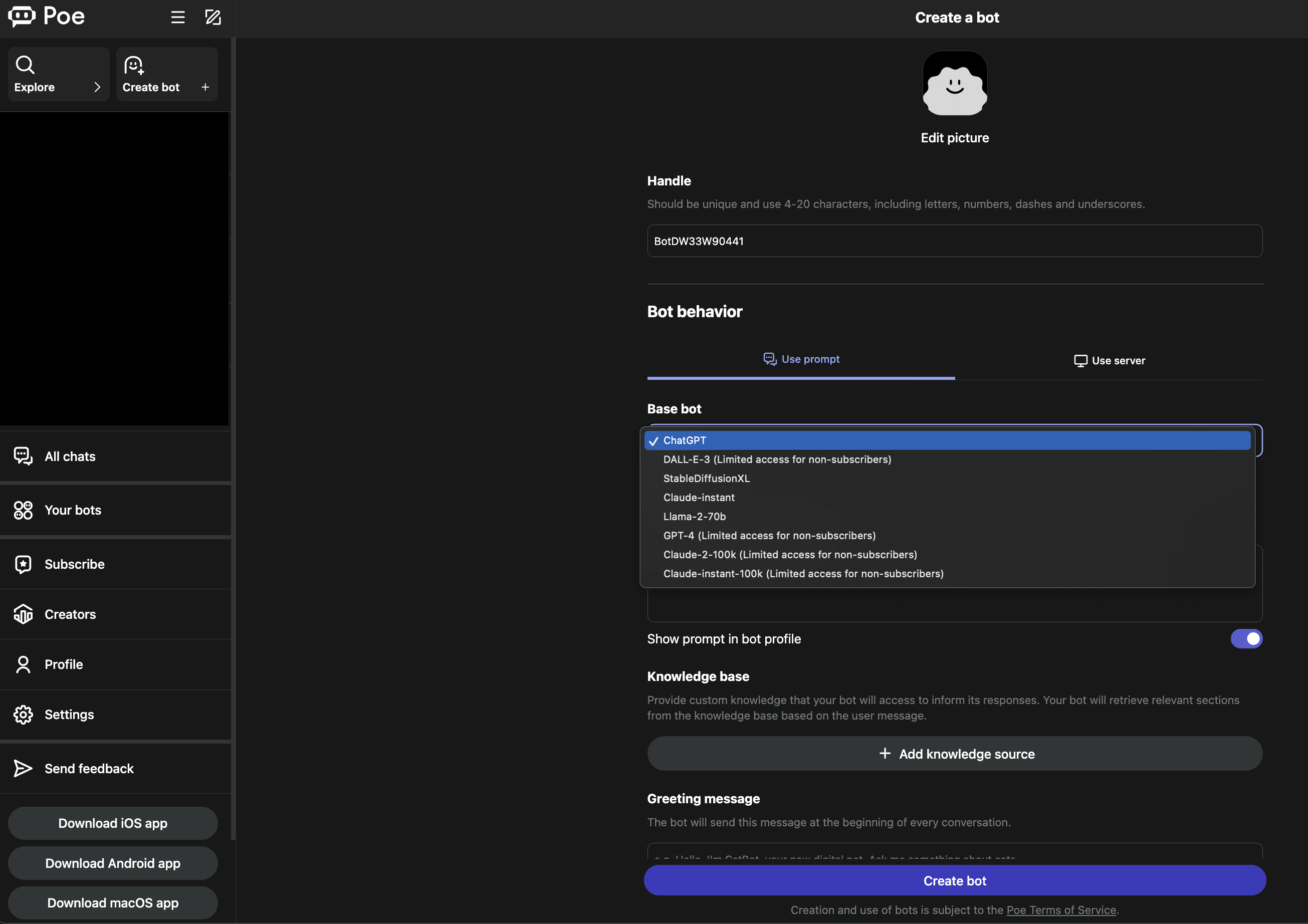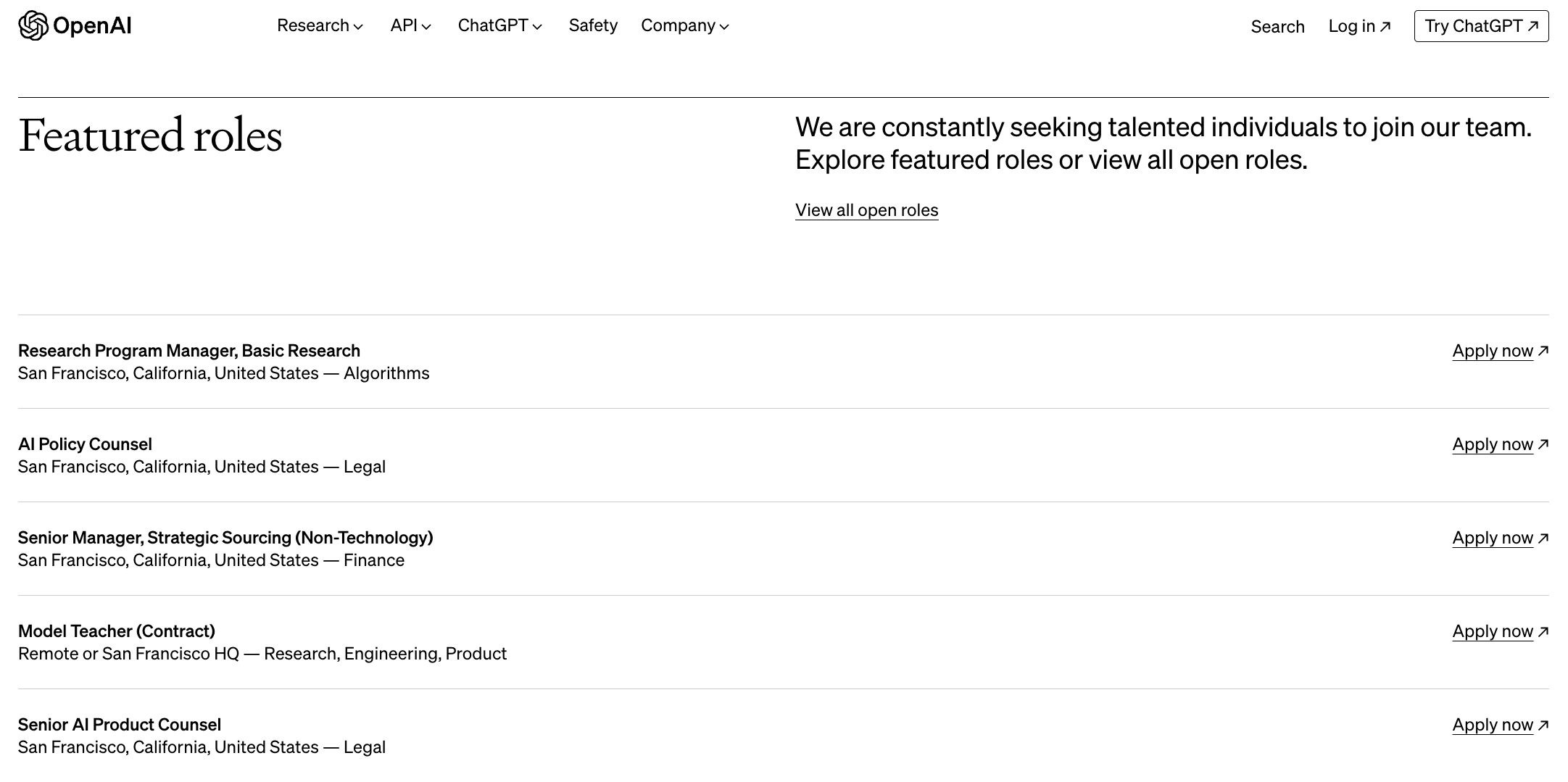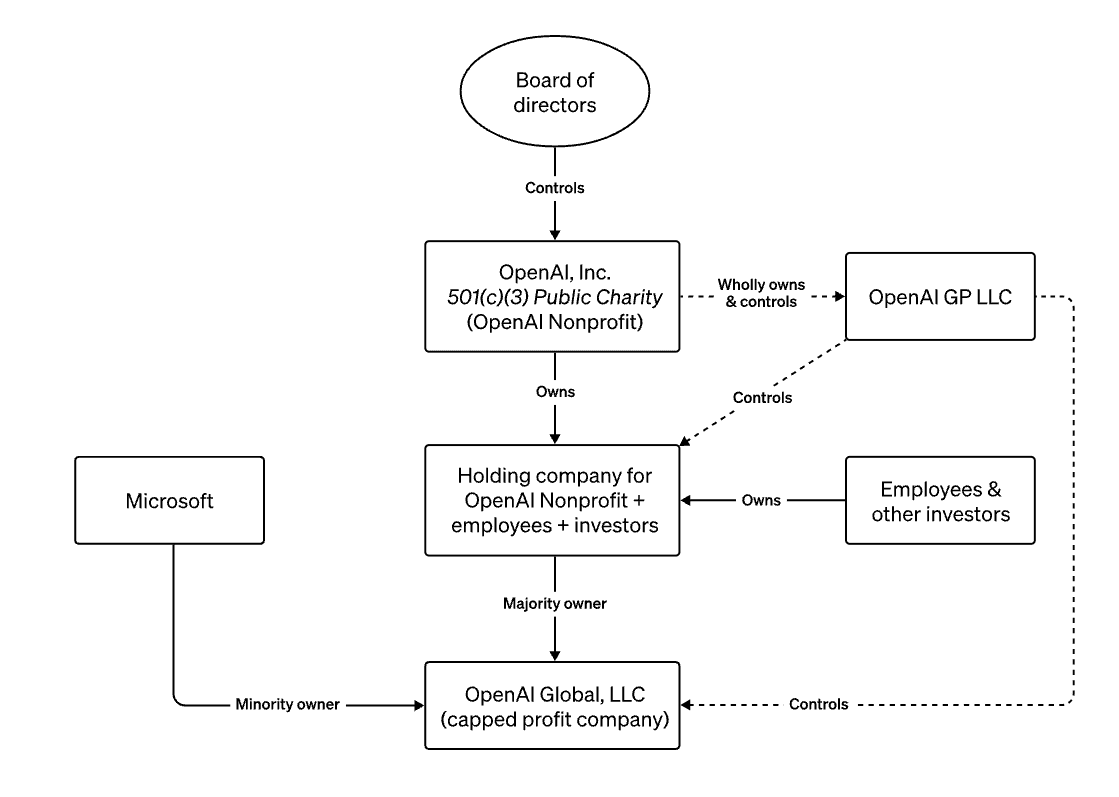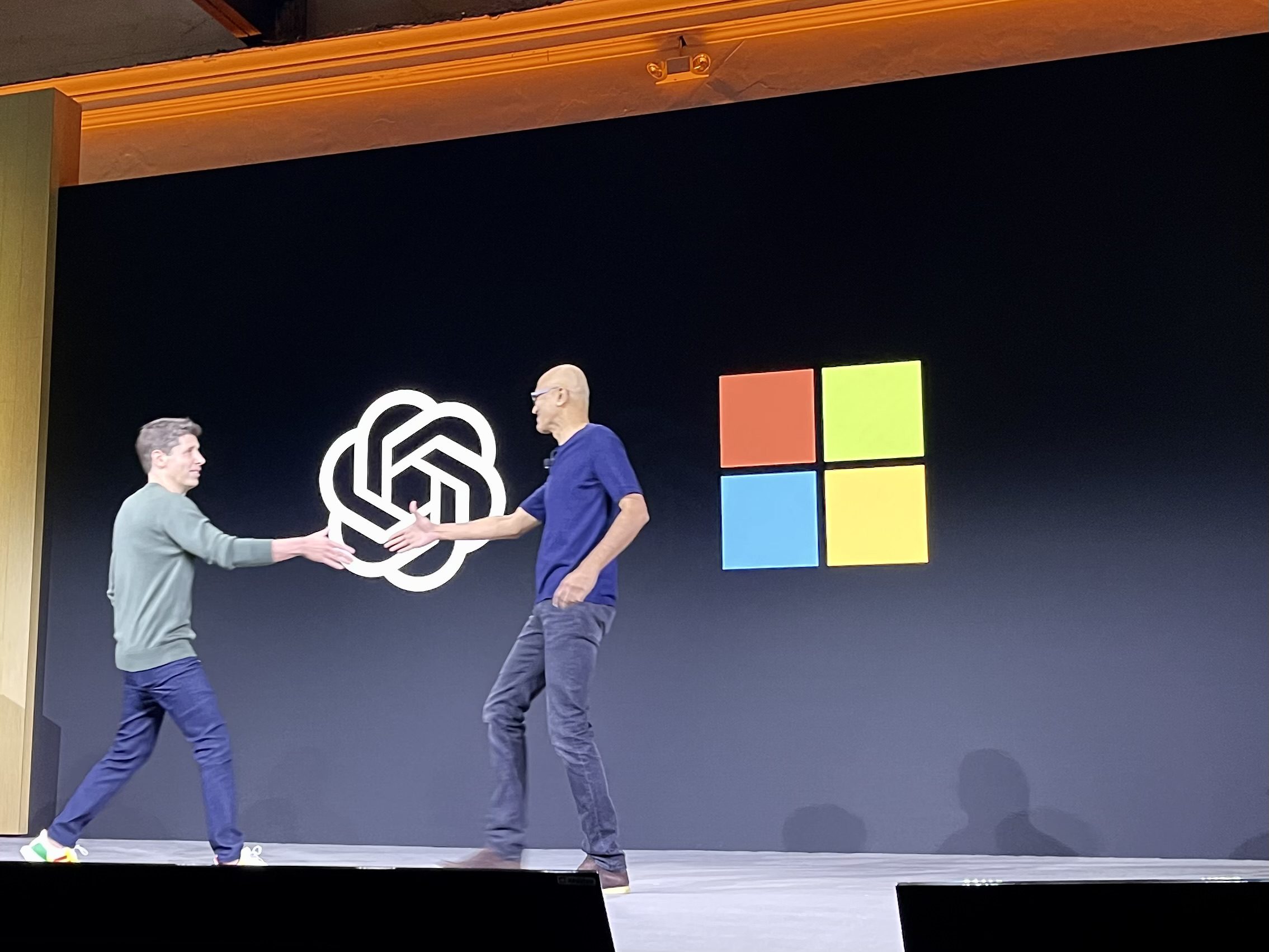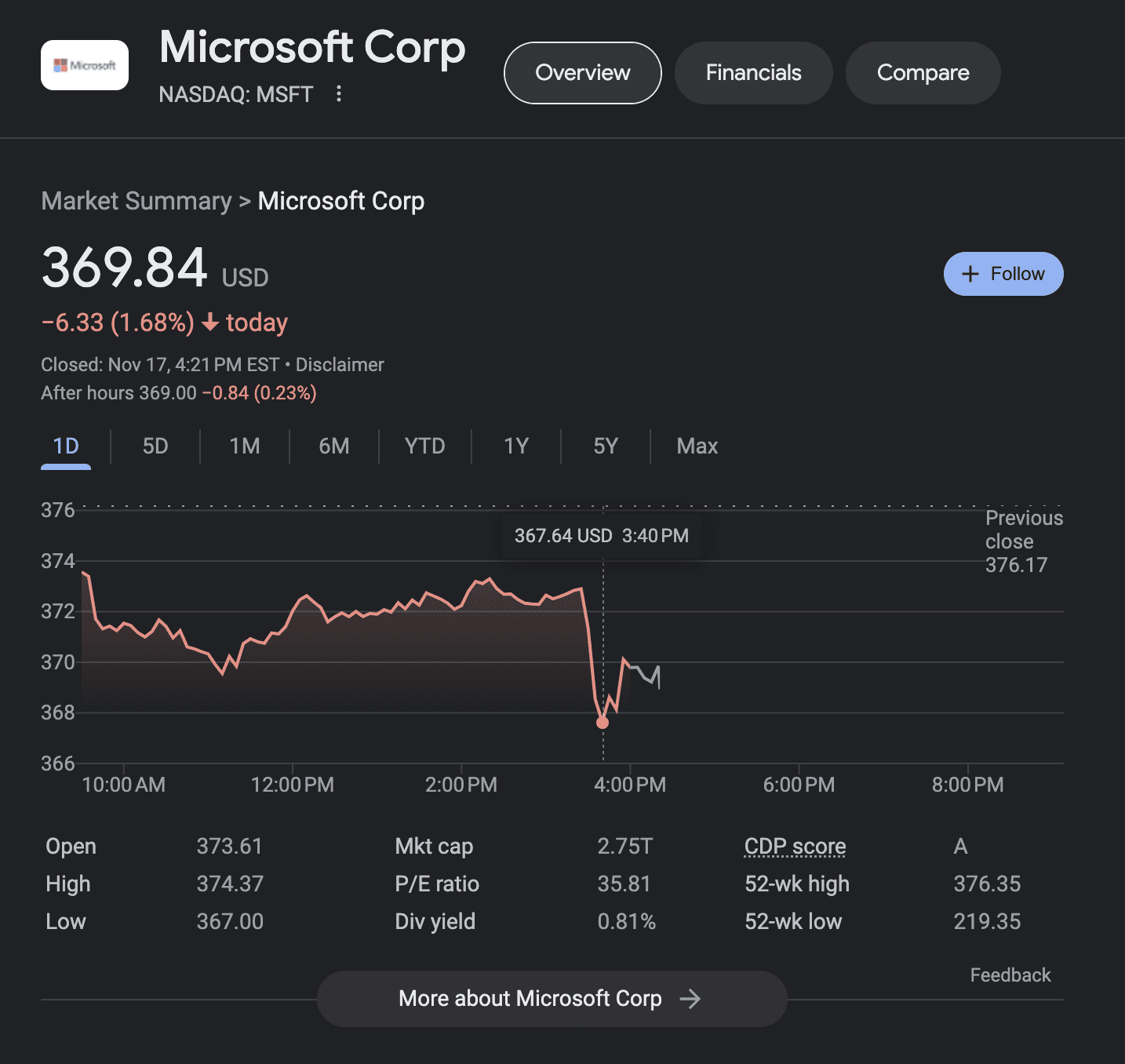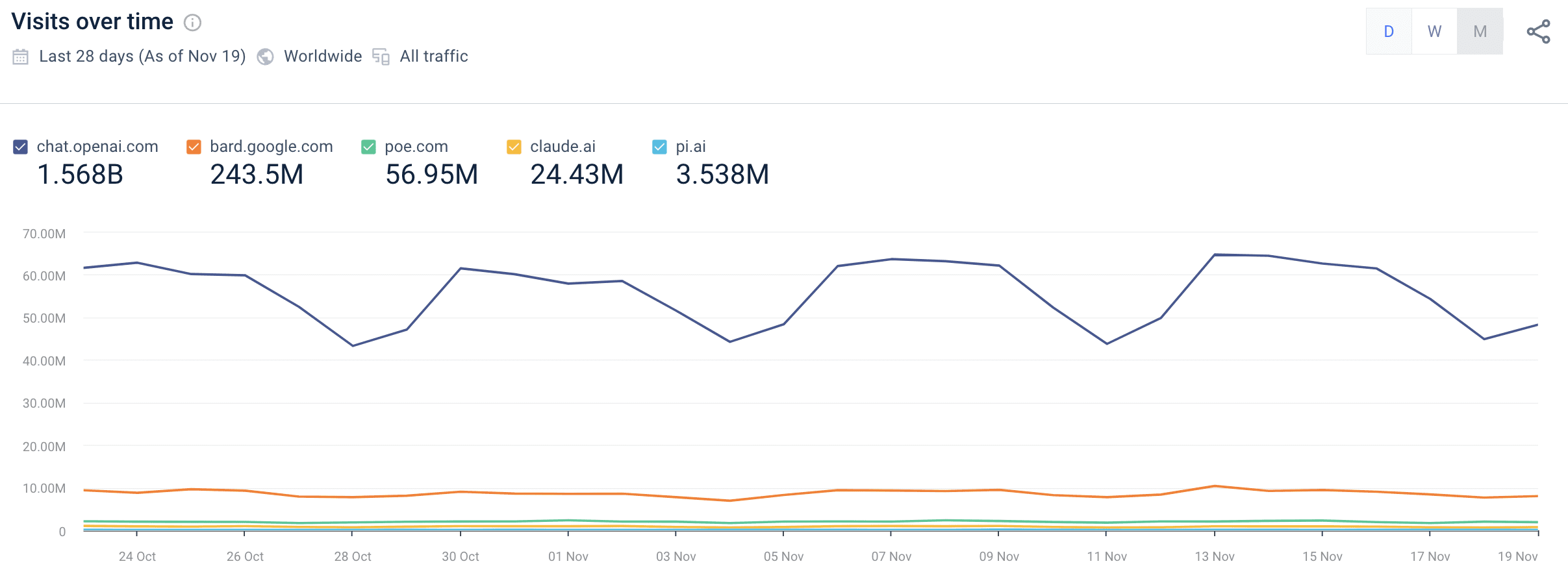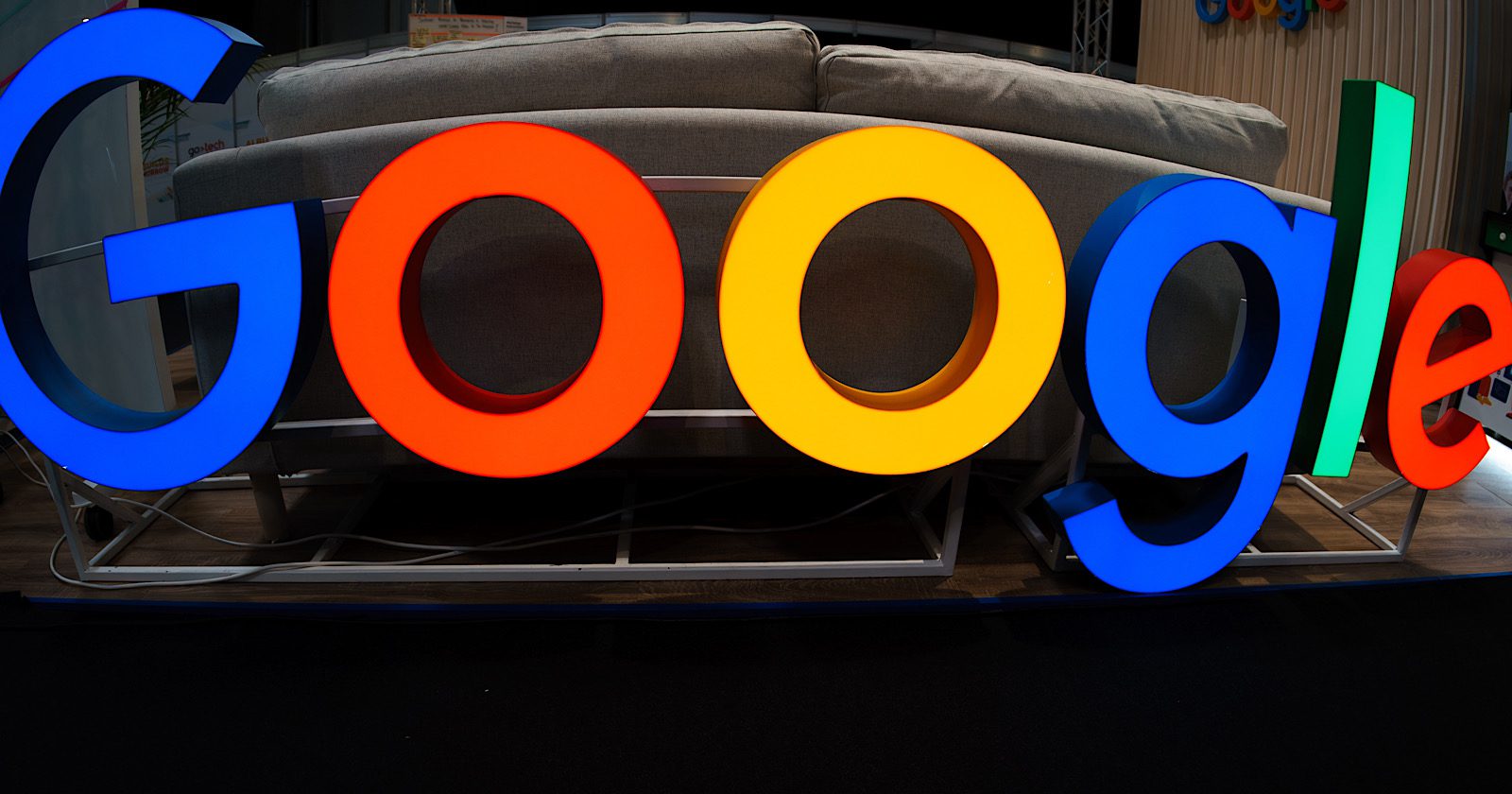Google On Traffic Metric & SEO via @sejournal, @martinibuster

Google’s recent Search Off the Record podcast discussed the important details of SEO, including a thought provoking segment about how SEOs can benefit from realign their thoughts about traffic with other possibly more important goals.
Traffic As A Measure Of Success?
One of the most misinformed things that search marketers do is measure their success by citing traffic statistics. We’ve all seen the posts on Facebook or the articles on blogs, where a search marketer relates how they did X for a client and traffic exploded exponentially within months.
Link builders use traffic as a metric of success, content writers do it, SEOs do it.
The question that goes through my mind when I see that is, well, what effect did that have on sales or ad clicks?
Because if earnings remain flat then the traffic increase probably doesn’t matter and probably neither did the SEO work done for that traffic.
Ask any Pay Per Click expert or any affiliate marketer about the importance of conversions versus traffic and the response is clear: conversions are everything, not traffic.
Adam J Humphreys, CEO of search marketing and design consultancy Making 8 (LinkedIn profile) said this about success metrics:
“I focused on analytics early on and learned the language of business which is ROAS. This is all executives care about other than awareness.
Our job is to grow their business first as well as awareness second.
Many don’t know how to measure attribution from SEO.
Things like form fills and calls are almost always unmeasured and unreported. Clients get super excited when I talk about this because it’s almost like nobody ever cared about their success.”
What Google Says About SEO & Traffic
Martin Splitt asked the question about the business impact of traffic.
Martin asked:
“…when you say traffic drops, what does that mean to you? Is it impressions?
Are you going to Search Console and click on the Performance report and you just look at the impressions going down or clicks?
Or do you actually measure a real business impact? Like you’re selling only half as many things as you used to sell last month?”
John Mueller added his thoughts on the topic. He tried to explain why SEOs don’t focus on return on investment (ROI) or the impact of SEO on earnings.
He offered his guess that maybe it’s the time between doing SEO versus the impact of it.
He commented:
“Usually what I see from people is that they focus on the traffic on their site.
And they look at something like Analytics and they say, ‘Oh, I get so many visitors and so many visitors from search engines. And that number went down significantly.’
…And the aspect of ROI or kind of the value of that traffic, I see that as something that a lot of these SEOs tend not to focus on primarily, because my assumption is it’s just a very long lead time there.
Like you can turn your website off now, but you might still have people who are kind of like paying for something for a while.
And then, it’s like, wow…”
Mueller followed up is thoughts on why SEOs might not focus on earnings by discussing how website traffic can be a misleading metric because it doesn’t tell a lot about why something happened, it only shows what happened.
He continued:
“But I do think it’s something where I sometimes feel it’s misleading to just purely focus on the traffic.
And I see that with our sites as well. A year or two ago, we would rank for the word “Google” in Canada or something like that, the search documentation, of course.
I hope the Google website ranks for the word Google. But like the Search documentation would rank for the word Google somewhere on the first page.
And we got tons of traffic there, but all of that traffic was basically irrelevant.
And then if you only look at the traffic and all of that irrelevant traffic goes away, then it might look like you lost a lot of traffic, but actually it’s like all of those things are people that weren’t relevant for your site anyway.
So you almost need to look at the bigger picture of all of the traffic that’s gone, but also keep in mind like, well, a lot of this was useless and I should maybe focus on the queries that people use, and then clicks and impressions for those, or individual like lower level pages of the site and kind of track those a little bit more.”
Traffic And SEO
SEOs promote themselves through case studies showing all the traffic their efforts brought. But those studies are hollow and maybe even deceptive if there’s absolutely no reference to how much sales lift resulted after their effort.
Link builders do a similar thing where they promote all the hundreds or thousands of links they acquired for a client and sometimes mention the lift in traffic. Just as consistently as SEOs, they always leave out the effect on sales or earnings.
Why do they do that? I suspect that many of those SEOs have never actually built a business around monetizing affiliate sales or ad clicks and thus don’t have first hand experience from that side of the SEO fence.
A lot of the old school SEOs like myself learned what we know from building and monetizing websites, maybe because client work for SEO wasn’t really as much of a thing then as it is now.
Using traffic as a metric is useful for measuring the impact of SEO but traffic should not be the goal of SEO. The reason is because there are different kinds of traffic.
Some traffic converts into sales. Some traffic has a lead time from the first visit to the sales. Some traffic is useful for building a brand name.
But some traffic is not relevant or useful.
When it comes to diagnosing traffic drops related to ranking changes, it may be helpful to understand if there’s any impact on sales and if not, to understand why the traffic drop had no monetary impact and if content and SEO efforts might be better directed in a different direction.
Listen to the Google podcast, Search Off the Record: SEO Is In The Details.


